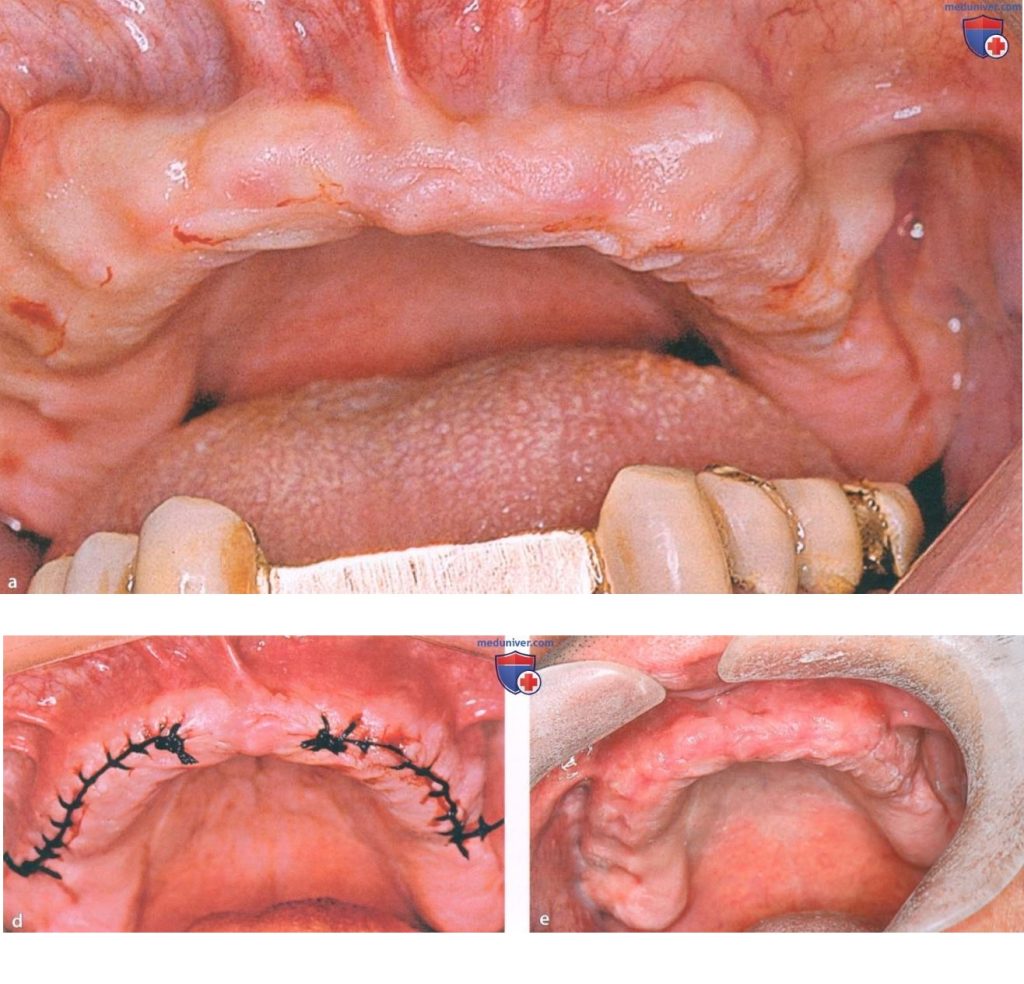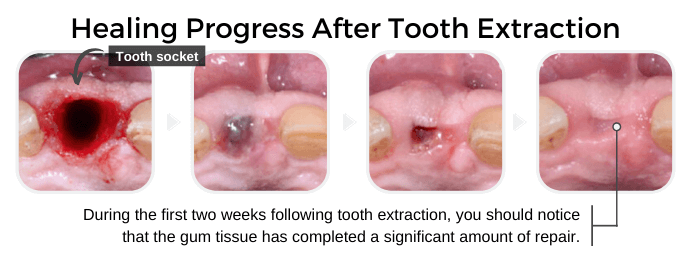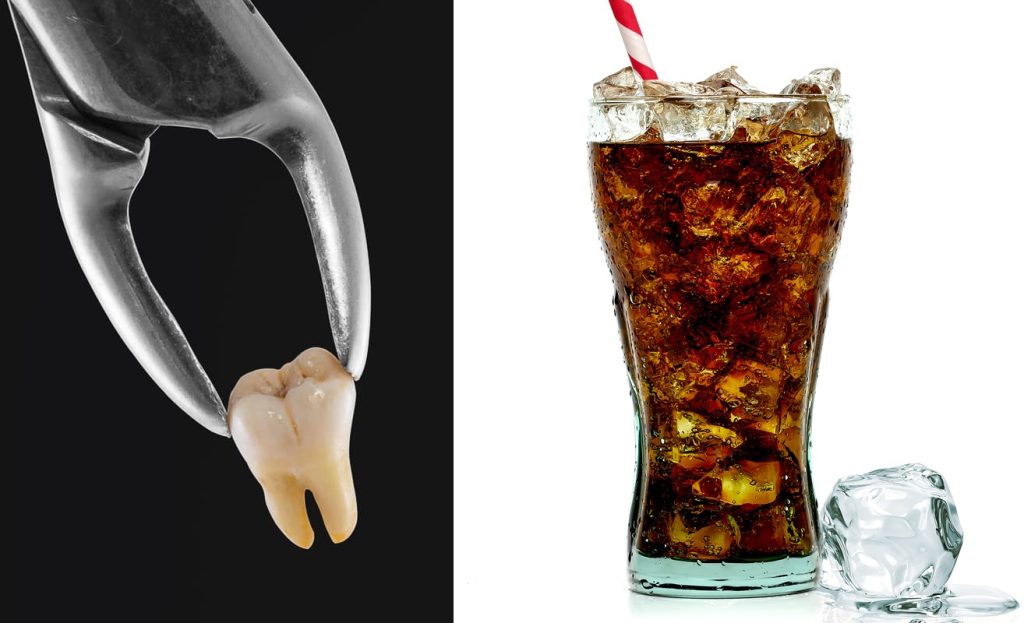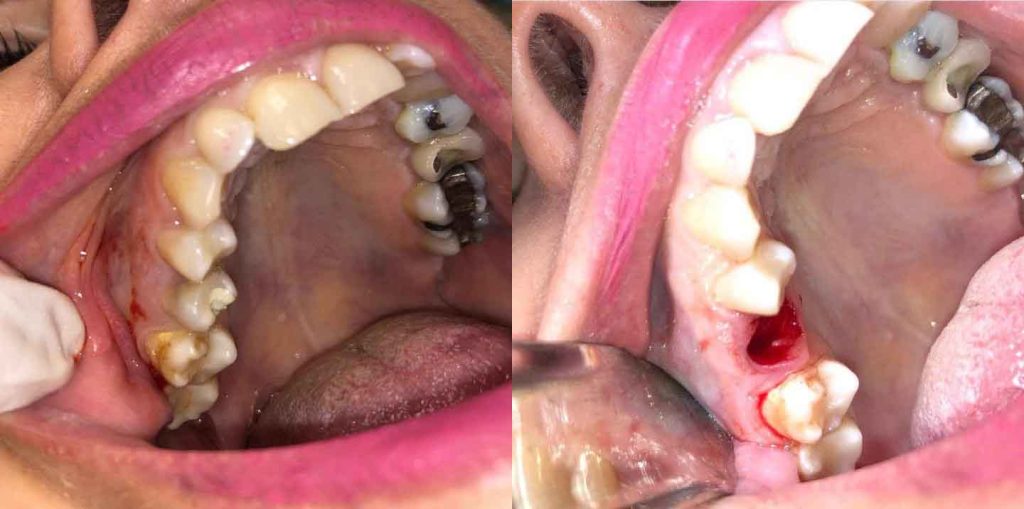how long to wait for implant after tooth extraction
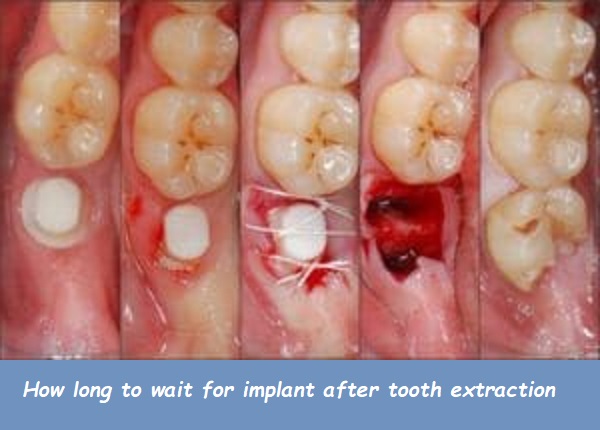
Dental implants are a popular and effective solution for replacing missing teeth. However, one common question patients often have is: “How long to wait for an implant after tooth extraction?” The timeline for placing a dental implant after an extraction can vary depending on several factors, including the condition of the extraction site, the patient’s overall health, and the type of implant procedure being used. In this comprehensive guide, we will explore the various considerations and timelines for getting a dental implant after a tooth extraction, ensuring you have all the information needed to make an informed decision.
Understanding Dental Implants
Dental implants are artificial tooth roots made from biocompatible materials such as titanium or zirconia. They are surgically placed into the jawbone, where they integrate with the bone over time through a process called osseointegration. This provides a stable foundation for replacement teeth, such as crowns, bridges, or dentures, that look, feel, and function like natural teeth.
The Importance of Timing in Dental Implants
Timing is crucial when it comes to placing dental implants after a tooth extraction. The right timing can significantly impact the success of the implant and the overall outcome of the procedure. There are several options for timing the placement of dental implants, each with its own advantages and considerations.
Immediate Implant Placement
What is Immediate Implant Placement?
Immediate implant placement involves placing the dental implant directly into the socket immediately after tooth extraction. This approach offers several benefits, including a shorter overall treatment time and the preservation of bone and soft tissue.
Advantages of Immediate Implant Placement
- Reduced Treatment Time: Immediate implant placement can shorten the overall treatment timeline since the implant is placed on the same day as the extraction.
- Preservation of Bone and Soft Tissue: Placing the implant immediately can help preserve the bone and soft tissue around the extraction site, reducing the risk of bone resorption and gum recession.
- Fewer Surgeries: Patients may benefit from fewer surgical procedures since the extraction and implant placement are done simultaneously.
Considerations for Immediate Implant Placement
- Bone Quality and Quantity: Adequate bone quality and quantity are essential for the success of immediate implant placement. If there is insufficient bone, bone grafting may be required before or during the implant placement.
- Infection or Inflammation: If the extraction site is infected or inflamed, immediate implant placement may not be suitable. The infection must be treated, and the site must heal before the implant can be placed.
- Stability of the Implant: Achieving primary stability, where the implant is securely anchored in the bone, is crucial for the success of immediate implant placement.
Early Implant Placement
What is Early Implant Placement?
Early implant placement, also known as delayed immediate placement, involves placing the dental implant within a few weeks to a few months after tooth extraction. This approach allows for initial healing of the extraction site while still taking advantage of the remaining bone structure.
Advantages of Early Implant Placement
- Healing Period: Allowing a short healing period after extraction can reduce the risk of infection and inflammation, providing a more favorable environment for implant placement.
- Bone Preservation: Early implant placement can still benefit from the preservation of bone and soft tissue, as the bone has not fully resorbed.
- Improved Stability: A short healing period can enhance the stability of the implant, as the bone begins to remodel around the extraction site.
Considerations for Early Implant Placement
- Healing Time: The extraction site should heal adequately before the implant is placed. This typically takes a few weeks to a few months, depending on individual factors.
- Bone Grafting: If bone resorption has already begun, bone grafting may be necessary to ensure sufficient bone for implant placement.
- Patient Compliance: Patients must follow post-extraction care instructions to ensure proper healing and minimize the risk of complications.
Delayed Implant Placement
What is Delayed Implant Placement?
Delayed implant placement involves waiting several months to over a year after tooth extraction before placing the dental implant. This approach is often used when there is significant bone loss or when the extraction site requires extensive healing.
Advantages of Delayed Implant Placement
- Complete Healing: Delayed implant placement allows for complete healing of the extraction site, reducing the risk of complications.
- Bone Regeneration: If bone grafting is required, delayed placement allows time for the graft to integrate with the natural bone, providing a stable foundation for the implant.
- Flexibility: This approach provides flexibility in planning the implant placement, allowing for a thorough assessment of the patient’s oral health.
Considerations for Delayed Implant Placement
- Bone Resorption: Prolonged waiting periods can lead to bone resorption, which may require bone grafting to ensure sufficient bone for implant placement.
- Extended Treatment Time: Delayed implant placement extends the overall treatment timeline, as additional time is needed for healing and bone regeneration.
- Patient Compliance: Patients must maintain good oral hygiene and follow care instructions during the extended waiting period to ensure the best outcome.
Factors Influencing the Timing of Dental Implants
Several factors can influence the timing of dental implant placement after tooth extraction. These factors include:
1. Oral Health
The patient’s overall oral health plays a significant role in determining the timing of implant placement. Healthy gums and sufficient bone structure are essential for the success of the implant.
2. Bone Quality and Quantity
Adequate bone quality and quantity are crucial for implant stability. If there is insufficient bone, bone grafting may be required before implant placement, affecting the timing.
3. Presence of Infection
Infection at the extraction site must be treated before an implant can be placed. This may involve a waiting period to ensure the infection is fully resolved.
4. Patient’s Medical History
Certain medical conditions and medications can affect the healing process and the success of dental implants. A thorough evaluation of the patient’s medical history is necessary to determine the appropriate timing.
5. Type of Implant Procedure
Different implant procedures, such as immediate placement, early placement, or delayed placement, have varying timelines. The chosen procedure will depend on the patient’s individual needs and the dentist’s recommendation.
6. Patient’s Preferences
Patient preferences and lifestyle considerations can also influence the timing of implant placement. Some patients may prefer a shorter treatment timeline, while others may prioritize complete healing and bone regeneration.
Bone Grafting and Dental Implants
Bone grafting is a common procedure used to augment the bone structure in preparation for dental implants. Here’s how bone grafting can impact the timing of implant placement:
1. Immediate Bone Grafting
In some cases, bone grafting can be performed simultaneously with tooth extraction and immediate implant placement. This approach can shorten the overall treatment timeline and preserve the bone structure.
2. Staged Bone Grafting
Staged bone grafting involves performing the bone grafting procedure first, followed by a healing period before implant placement. This approach allows time for the graft to integrate with the natural bone, providing a stable foundation for the implant.
3. Healing Time
The healing time for bone grafting can vary depending on the extent of the graft and the patient’s individual healing capacity. It typically ranges from a few months to over a year.
Benefits of Timely Dental Implant Placement
Proper timing of dental implant placement after tooth extraction offers several benefits:
1. Enhanced Aesthetics
Timely implant placement can prevent bone resorption and gum recession, preserving the natural contours of the jaw and maintaining a more aesthetic appearance.
2. Improved Functionality
Dental implants restore the functionality of natural teeth, allowing for comfortable chewing and speaking. Proper timing ensures a stable foundation for the implant, enhancing its performance.
3. Prevention of Bone Loss
Placing the implant at the right time can prevent further bone loss and promote bone regeneration, ensuring a strong and stable implant.
4. Reduced Treatment Time
Immediate or early implant placement can shorten the overall treatment timeline, providing faster results and reducing the need for multiple surgical procedures.
5. Better Long-Term Outcomes
Proper timing and planning can improve the long-term success and durability of dental implants, ensuring they last for many years.
Steps to Ensure Successful Dental Implant Placement
To ensure the success of dental implants, it is essential to follow these steps:
1. Comprehensive Assessment
A thorough assessment of the patient’s oral health, bone structure, and medical history is crucial for planning the implant placement.
2. Personalized Treatment Plan
Developing a personalized treatment plan based on the patient’s individual needs and preferences ensures the best possible outcome.
3. Proper Oral Hygiene
Maintaining good oral hygiene before, during, and after the implant procedure is essential for preventing infection and promoting healing.
4. Follow Post-Operative Care Instructions
Following post-operative care instructions provided by the dentist, including dietary restrictions and activity limitations, ensures proper healing and minimizes the risk of complications.
5. Regular Follow-Up Appointments
Regular follow-up appointments with the dentist allow for monitoring the healing process and addressing any issues promptly.
Patient Experiences: How Long to Wait for an Implant After Tooth Extraction
Hearing from real patients who have undergone dental implant procedures can provide valuable insights into the timing and experience of implant placement.
Patient Testimonial: Jane’s Journey
“I had a tooth extracted due to severe decay and was eager to get a dental implant. My dentist recommended waiting three months for the extraction site to heal and for the bone to stabilize. Although the wait seemed long, it was worth it. The implant placement went smoothly, and now my implant feels just like a natural tooth.




